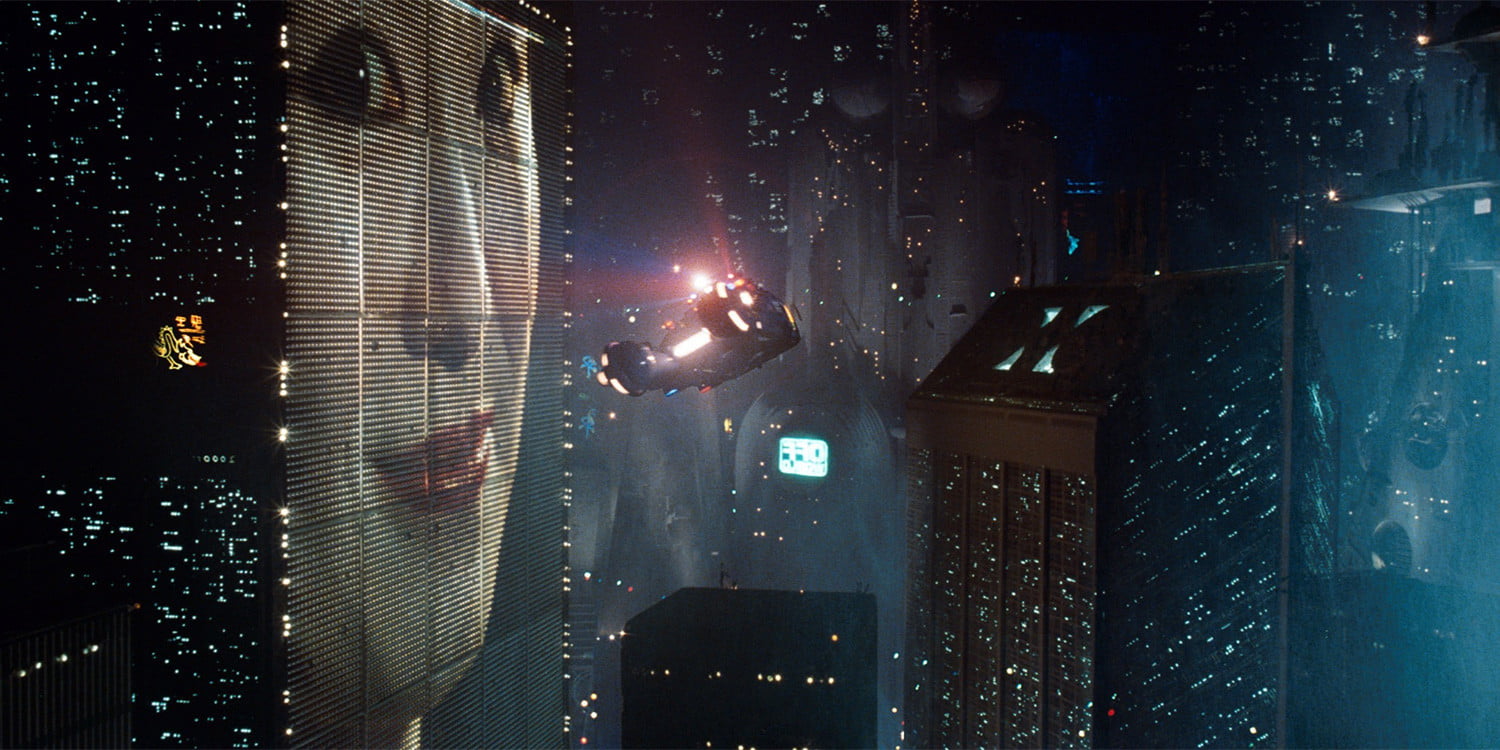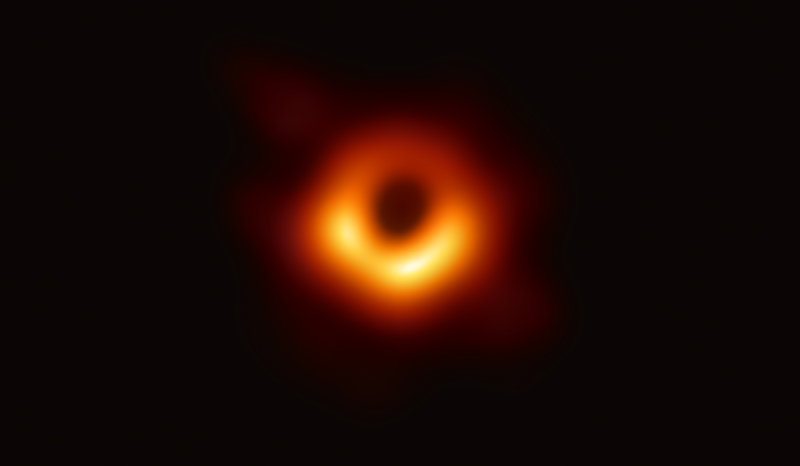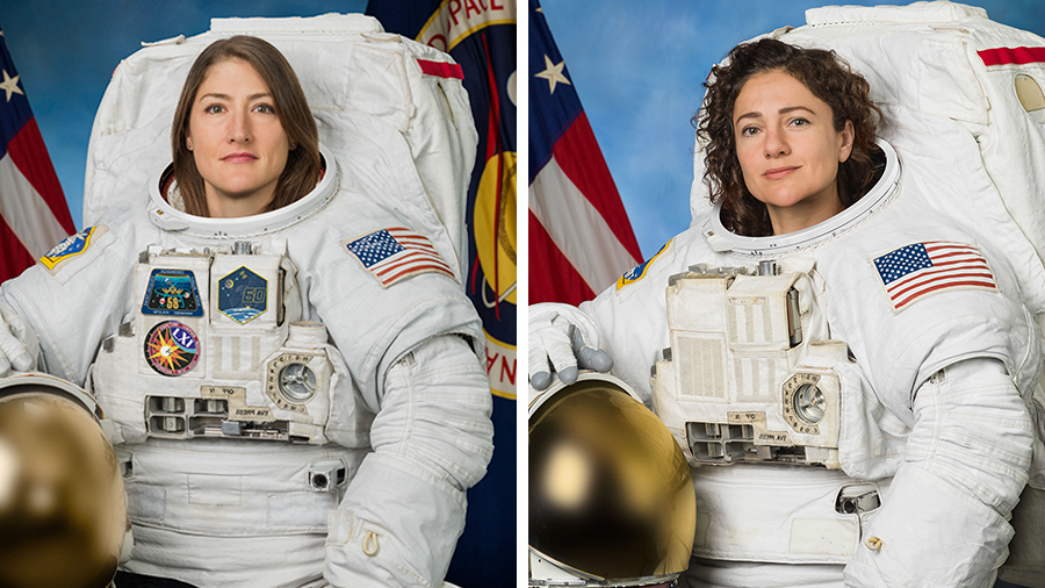
The original Blade Runner film made some interesting predictions about life in 2019. But what was it like in the world of science fact?
Science in 2019. While it wasn’t quite what Blade Runner envisioned, some pretty amazing science happened this year.
A picture worth more than 1000 words
Think getting a decent Christmas photo with your family is the hard? Spare a thought for the team of 200 scientists who took monitored a network of eight linked telescopes around the world to get the first picture of a black hole in a galaxy 500 million trillion kilometres away. The black hole has a mass 6.5 billion times that of the Sun and it is one of the heaviest black holes that we know of.

This is the very first image of a black hole – a bright ring formed as light bends in the intense gravity around a black hole that is 6.5 billion times more massive than the Sun. Image credit: Event Horizon Telescope Collaboration
Celebrating in space
It was a big year for NASA. They celebrated the 50 anniversary of the Apollo 11 moon landing. The momentous occasion saw us open the doors to The Dish where we helped beam the Moonwalk to the world.
NASA also celebrated the first all-female space-walk with astronauts Jessica Meir and Christina Koch. Almost 550 people have been to space, but less than 11 percent have been women.

NASA astronauts Christina Koch and Jessica Meir. Image credit: NASA
Deforestation in the Amazon
It hasn’t been all good news this year. Fires and deforestation in the Amazon Rainforest is causing worldwide concern. Experts feat the tipping point where it stops producing enough rain to sustain itself is much closer than originally thought. The National Institute of Space Research said deforestation increased by 222 per cent in August and 96 per cent in September compared to last year.
A different kind of human-interest story
In April, archaeologists discovered a new species of ancient human in a cave in the Philippines. Researchers have dated the remains of the specimen, named Homo luzonensis. They estimate the remains are between 50,000 to 67,000 years old. The discovery adds another clue to how we have evolved as a species.
From lab to table
Our population is booming and people are eating more meat. So, researchers around the world are starting to think of alternatives. From 3D-printing meat in space to air-based meat to cell-based seafood, lab-grown meat could soon become the norm. It takes up less room and creates less emissions than farming meat. But, getting it to look, feel and taste like meat is the next challenge. Nevertheless, processed meat alternatives will likely be on our supermarket shelves in the near future.
In the meantime, plant-based meat and other protein alternatives like edible insects are also on the rise.

Hamburger made from mealworms, anyone? Photo credits: Tina Sturzenegger / Essento
Major laser
If you think 1.21 gigawatts is a lot wait until you hear about the 10-petawatt laser in Romania. Tested in March this year, it’s the world’s most powerful laser and uses one-tenth of the sun’s power on Earth. It can vaporise solid matter. Why do we need such a powerful laser? It could help researchers discover new cancer treatments or test materials used in space missions.


20th December 2019 at 3:56 pm
Merry Xmas to you all, we are lucky to have such a dedicated bunch of mad scientists.